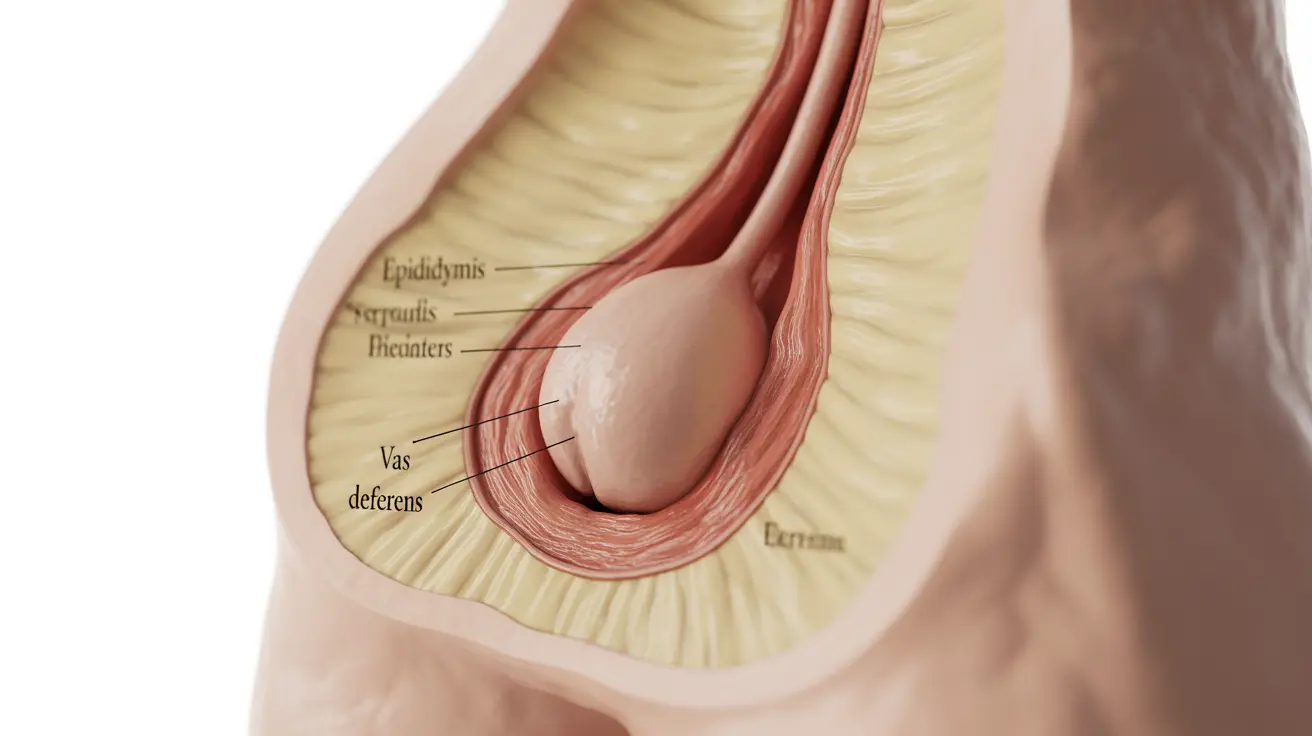A retractile testicle in grown men is a condition where one or both testicles temporarily move up into the groin area, particularly during cold temperatures or physical activity. While this condition is more commonly discussed in children, it can affect adult men and may cause discomfort or concern. Understanding the causes, symptoms, and available treatments is crucial for proper management.
The Role of the Cremaster Muscle
The cremaster muscle plays a vital role in testicular retraction. This thin muscle wraps around the spermatic cord and naturally responds to various stimuli, including temperature changes, touch, and emotional stress. When this muscle contracts, it pulls the testicle upward into the groin area. In some men, this response can become overactive, leading to frequent retraction.
Common Symptoms and Signs
Men experiencing retractile testicles may notice several characteristic signs:
- Temporary movement of testicles into the groin
- Increased retraction during cold weather
- Spontaneous descent when relaxed or warm
- Possible discomfort during retraction
- Normal testicular position possible with manual manipulation
Diagnostic Process
Healthcare providers typically perform several evaluations to diagnose retractile testicles in adult men:
- Physical examination in both standing and lying positions
- Assessment of testicular position and mobility
- Evaluation of the cremasteric reflex
- Ultrasound imaging when necessary
- Review of medical history and symptoms
Treatment Options and Management
Conservative Approaches
Many cases of retractile testicles can be managed through non-surgical methods:
- Avoiding triggers that cause retraction
- Wearing appropriate clothing in cold weather
- Stress management techniques
- Regular monitoring of symptoms
Medical Interventions
When conservative management isn't sufficient, medical treatments may be considered:
- Botox injections to relax the cremaster muscle
- Anti-inflammatory medications for pain
- Physical therapy techniques
- Surgical options in severe cases
Potential Complications and Prevention
While retractile testicles generally don't cause serious health issues, understanding potential risks is important:
- Regular self-examination to monitor changes
- Maintaining awareness of normal testicular position
- Prompt medical consultation for persistent symptoms
- Understanding the difference between retractile and undescended testicles
Frequently Asked Questions
What causes a retractile testicle in adult men and how does the cremaster muscle contribute to it? The condition is primarily caused by an overactive cremaster muscle, which contracts in response to temperature changes, physical activity, or stress. This muscle's heightened sensitivity can lead to frequent testicular retraction into the groin area.
What symptoms should men look for if they suspect they have a retractile testicle? Key symptoms include temporary upward movement of the testicle into the groin, especially during cold weather or physical activity, with the ability to manually return to normal position. Associated discomfort may occur during retraction.
When is medical treatment or surgery recommended for a retractile testicle in grown men? Medical intervention is recommended when the condition causes persistent pain, interferes with daily activities, or when conservative management fails. Surgery might be considered in cases where regular activities are significantly impacted.
How effective and safe are Botox injections or surgical options for treating painful retractile testicles in adults? Botox injections have shown promising results in relaxing the cremaster muscle, with relatively few side effects. Surgical procedures, while generally safe, are typically reserved for severe cases where other treatments have failed.
Can a retractile testicle in adult men lead to complications like infertility or testicular cancer? Retractile testicles in adults rarely lead to fertility issues or increased cancer risk, as the testicles can return to their normal position. However, regular monitoring and self-examination are important for early detection of any changes.




